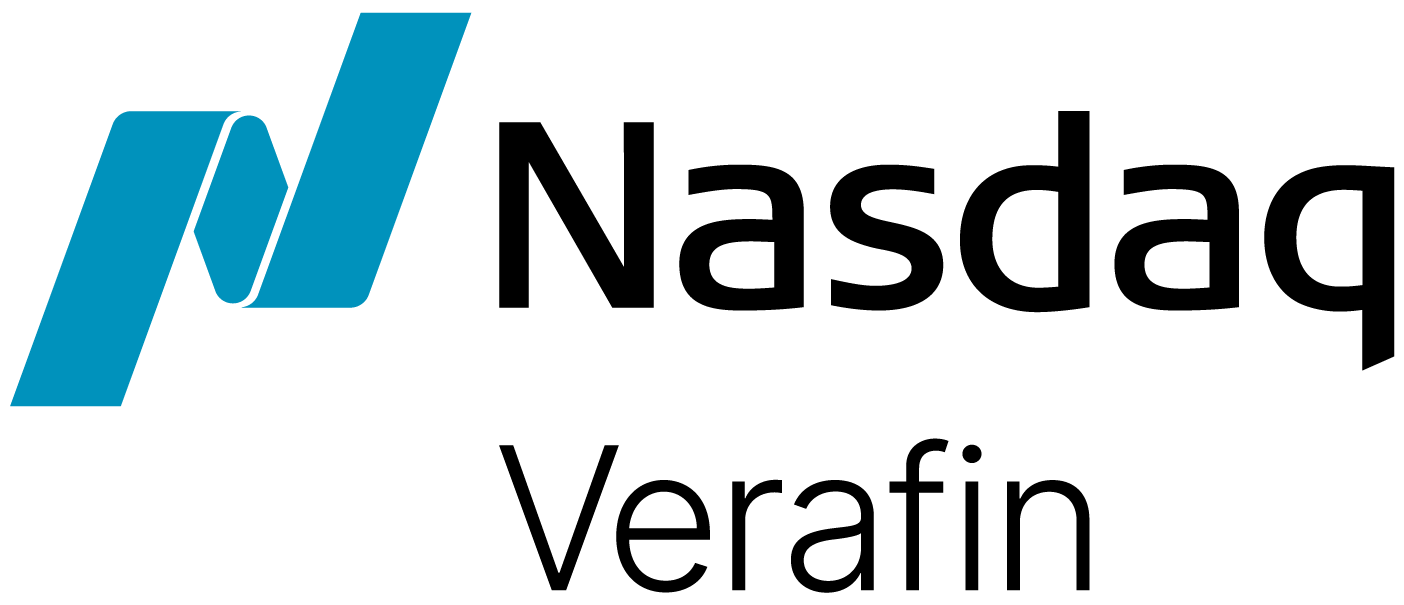A lot of digital ink has been spilled concerning the collection of Ultimate Beneficial Owner (UBO) information.
Most of the buzz around the FinCEN’s final rule on Customer Due Diligence (CDD) Requirements for Financial Institutions, since it was introduced, rests squarely on the second element, the identification and verification of beneficial owners of legal entities.
The 24-month implementation period is quickly ending and FIs are expected to have necessary software, on-boarding procedures, and front-line training in order.
At Verafin, we are asked a lot of questions from BSA/AML professionals about how software can help with the collection of UBO information. Below are some of the most frequent questions we hear. With each question, we show how Verafin addresses the concern and helps improve your CDD process.
Can certain UBO-related transactions be aggregated for CTR reporting?
The CDD Rule technically does not invoke any new requirements for CTR aggregation, however, Verafin ensures that individual UBOs are available to be added to CTRs, and, by default, transactions from legal entities with common UBOs are aggregated; in cases where your due diligence efforts reveal that the legal entities are operated independently, you can configure those legal entities to be treated as separate for CTR aggregation purposes.
How can we ensure front-line staff know about the necessary exclusions and exemptions?
One of the areas of greatest concern involves how to properly train staff to understand when they should ask for UBO-related information from customers. There are instances when there is no need for a legal entity to provide UBO information, or the legal entity is only required to present a portion of the UBO information (e.g., only control-related information is required).
Verafin has built the necessary exclusions and exemptions seamlessly into the software’s account opening functionality. Based on the information gathered as a part of the CDD process, your front-line staff is only prompted to ask for UBO information when required. This makes the training process easy, and ensures that you are gathering the information you need to stay compliant without asking for extraneous bits of information that the legal entity does not have, or is not required to provide.
How do we create and export an Appendix A document on the front line for the customer to sign?
Verafin has an exportable Appendix A document that generates based on the information provided by the customer opening the account. You can print this document as a seamless part of your account opening process, enabling you to get a signed Appendix A immediately.
How can we capture and display the specific percentage of ownership for an entity?
Verafin allows you to capture the percentage of ownership for anyone with 25% or more of equity interest in a legal entity. Verafin also displays this information for you once it is captured for easy reference.
How can we ensure we are scanning both the ownership and control prongs against the OFAC SDN list?
Verafin automatically scans the legal entity, all identified beneficial owners with 25% or more of equity interests in the legal entity, and the control person against the OFAC SDN list, as well as all other watch lists installed or internally created in the software.
May 11, 2018, FinCEN’s implementation date, is right around the corner. Covered financial institutions need to ensure their processes are in order and ready to go. Verafin’s CDD/EDD functionality can help ease the process of capturing UBO information at the front line as well as giving institutions a centralized location for quickly accessing this information during investigations into potentially suspicious activity.
To read about Verafin’s CDD/EDD functionality and understand how it can help your institution’s account opening and ongoing customer due diligence processes, check out our CDD/EDD Solution Page.
To schedule a demo, give us a call at 1-877-368-9986, or email info@verafin.com.



